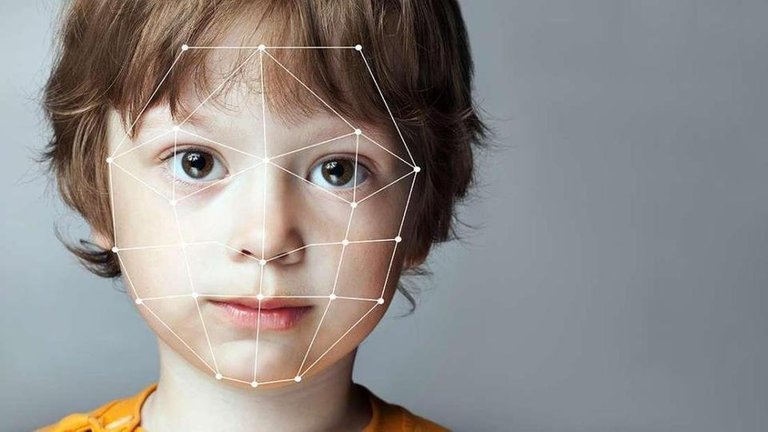According to sources in India's NDTV, it has been possible to detect about 4 missing children in the first four days after receiving the experimental Facial Recognition System (FRS) or 'face detection method'.
A huge initiative that is impossible to track the thousands of children who disappear in a country of 1.5 billion people every year. According to the Indian Ministry of Women and Child Development, more than 20 children have gone missing between 2002 and 20, though the actual number is probably higher. According to some companies, about 1 per year.
To support this effort, the ministry has established a nationwide online database called Track Child. Where photographs of missing and found children are posted and the relevant police information is also made available to different agencies and citizens. While this digital resource has become a helpful tool, working with so many files and pictures that have accumulated so much time and time is a laborious task.
Then, a child welfare organization called Bachpan Save the Movement (BBA) developed a software called FRS that would automate the process of working with pictures on trackchilds. Details of the methodology used for this program have not yet been released, but the current FRS platform uses two methods. Namely, geometric and photometric.
The asymmetric method uses different signs of the person's distance and face from the camera, and divides the pixel-by-pixel of the image gradient into a photometric method to match the algorithms of the reference image. It is perhaps a slight exception in the sense that Delhi FRS has adopted this technology.
Until the intervention of the police department in collaboration with the Delhi High Court, the FRS pilot project has not been implemented so far due to some confusing bureaucratic complexities. And soon after getting approval, the FRS trackChild was able to identify 2,5 children from the database's 7,3 images.
"About 20,000 children in India are still missing and around 5,7 in various childcare institutions. It is not possible for anyone to go home and take pictures, ”BBA activist Bhuban Rivu told 'The Better India'.
"It is not a matter of whether the police used the software or not. Even if any department that has this software analyzes all their databases under the supervision of the Ministry of Women and Child Development, there will be sufficient results, which can then be shared with the respective departments. "
Legal obstacles need to be cleared before they can be finalized in the Trackchild program, which is still not clear.

